The children’s use in the Congo’s mineral resources exploitation
Justice & Paix (Belgique) 25.06.2021 Patrick Balemba Translated by: Jpic-jp.orgAccording to a report published by UNICEF and the International Labor Organization (ILO - June 10, 2021), 160 million children are forced to work worldwide. This means 8.4 million more than in 2016, and this number will only grow. Sub-Saharan Africa is the most affected region where one child in five is forced to work. Sixty percent of the DRC population is less than 18 years old. However, only half of children aged from six to eleven go to primary school. Free access to education is a prerequisite for achieving the Sustainable Development Goals (SDGs) in Eastern DRC.

Between urgency and perspective
Protecting children from exploitation of working in mines is a humanitarian emergency in order to get them out of the spiral conflict in which their future seems precociously sealed.
The many conflicts raging in the East of the Democratic Republic of Congo (DRC) unfortunately spare neither children nor adolescents. Many victims are under the age of 18 [1]. Most of the time, either they are directly mowed down by anti-personnel mines, or they succumb to the consequences of wounds caused by bullets and from explosive debris, or they are recruited (willingly or by force) and used by armed groups [2] as slaves and workers in artisanal mining pits, from an early age. Their small size is an asset for sneaking into the narrowest underground galleries inaccessible to adults who also know better how to assess the risk of asphyxiation or landslide fatal risks. These children thus become adults without knowing either childhood or adolescence. In addition, they know no other game than that of risking their lives or killing people designated as their enemies. Once adults, it will be very difficult for them to get out of this violent spiral, which is daily increased.
Legal mechanisms involved
The United Nations Convention on the Rights of the Child is the most ratified international treaty by UN member states, including the DRC (1990). It establishes clear legal obligations for the promotion, protection and defense of the child’s rights in the States parties’ territory. Among these obligations, article 32 states: "States parties recognize the child’s right to be protected against economic exploitation and not to be compelled to perform any work involving risks or likely to compromise his education or harm his physical, mental, spiritual, moral or social development.”
The DRC also ratified in November 2001, the Optional Protocol to the Convention on the Involvement of Children in Armed Conflict, under which it committed itself to protect the child’s rights within the framework of its internal policies and external organizations and to act in accordance with international law. This Protocol stipulates that rebel groups should not recruit children under the age of 18, “under no circumstances.” The DRC has also been a signatory since 1999 of No. 138 and No. 182 ILO Conventions. These Conventions prohibit, among other things, “child trafficking, slavery, forced labor and the children’s forced recruitment into hostilities”.
The former president of the DRC, Laurent-Desire Kabila (1997-2001), promulgated on June 9, 2000 a decree-law, which prohibits the recruitment of children under the age of 18 into the armed forces. Paradoxically, he had taken power three years earlier with an army largely made up of wadogo (child soldiers). This decree-law wanted definitively to address the wadogo’s phenomenon on establishing a National Commission to demobilize and reintegrate vulnerable people, in particular child soldiers who are also used in mining operations where accidents were increasing due to poor safety standards.
The February 18, 2006 DRC Constitution (See article 123, point 169), gives to the child a central place by committing itself to make the child’s protection a priority. It underlines the State’s obligation to protect the child “against any harm to his health, his education and his mental development”. A special law protecting the child was enacted following multiple pressure from associations. Despite these efforts, many children are still exploited in the DRC mines.
What are the reasons for this situation?
According to Save the Children and the World Bank, 60% of the DRC’s population is under 18 and only half of children aged from six to eleven go to primary school. Many children live on the streets, day and night. It is estimated that there are 20,000 in the city of Kinshasa streets alone.
In the absence of accessible schooling and any supervision of state structures, precariousness paralyzes family life. Children, girls and boys, are prey to modern slavery, attracted by adults who take advantage of their innocence and their fragility on the one hand, and the absence of any effective state protection on the other. They go to the mines, sent by their precarious parents or, for some also for the sake of heroism in search of subsistence means for their family. They are exploited as helpers to the digger machinery or as meal servants, as equipment cleaners or as heavy sandbags carriers, and thus they are exposed to diseases caused by the chemicals used for the extraction with which they are in frequent contact.
Birth registration
UNICEF considers that “birth registration is a passport for the protection of the every child’s rights”. A child who is not declared does not exist legally. Official registration in civil status establishes the existence of the child under the law and constitutes the minimum condition allowing the preservation of his civil, political, social, economic and cultural rights. In DRC, children must be registered within 90 days from birth. If this deadline is exceeded, it becomes difficult if not impossible for some families to proceed with the registration, which, after this deadline has expired, becomes subject to a long and costly procedure.
Of the 125 million children born each year worldwide, 51 million, or more than 40%, are not registered at birth. In DRC, more than 3 out of 5 children are legally invisible. This “without identity” situation makes children more vulnerable because they are deprived of all social security, education and health. Birth registration would make it possible to know their age and avoid child labor, forced recruitment, early marriage preventing the risk of being considered an adult.
Children recruited by armed groups in violation of international law must be considered first as victims and not be arrested or prosecuted for their association with an armed group. Reintegration and rehabilitation measures should always be given priority.
Future prospects
The link existing between daily consumption of digital components containing raw materials from conflict zones calls for global mobilization so that the socio-economic aspects of the problem are taken into account. The race to reduce the ecological impact can paradoxically cause negative impacts. Some governments have succeeded in reducing child labor by providing regular allowances to families who can thus meet their basic needs without resorting to the labor of their children. But, 1.3 billion children – especially in Africa and Asia – are not yet covered by this measure. The establishment of the allowance system could guarantee children an adequate standard of living as well as their education and protection, and curb the migratory flows, which often have this specific reason. International solidarity calls for not looking with indifference at the children’s recruitment and their exploitation in the mines.
Although the situation of children seems to be improving worldwide, child labor is still a problem in DRC artisanal mining. These children do not benefit in any way from the results of their work or of any protection. There is a need of a stronger commitment to hold accountable the multinational corporations marketing with child labor products. In a spirit of international solidarity, concerted efforts should be made to promote the reintegration of all children into normal schools.
Socio-economic causes underlie the situation in which many children find themselves in the DRC. It would be interesting, therefore, evaluating in the future, the end impact of the conflicts linked to natural resources in the DRC East region on the situation of Congolese children, and verify whether the government authorities have meanwhile taken the necessary measures in favor of their children.
The mineral wealth in eastern DRC, instead of contributing to the prosperity of local communities, represents a scourge for them. Are they unlucky enough to live in a territory where raw materials prized by the ecological transition have been discovered?
[1] Prince Kihangi K., Travail des enfants dans le site minier d’exploitation artisanale de Bisie en territoire de Walikale : une crise oubliée en RD Congo, IPIS, 2013
[2] Maria Camello, Enfants-Soldats en RDC : évolution et perspectives de la lutte contre leur recrutement, Rapport du GRIP, 2019/5







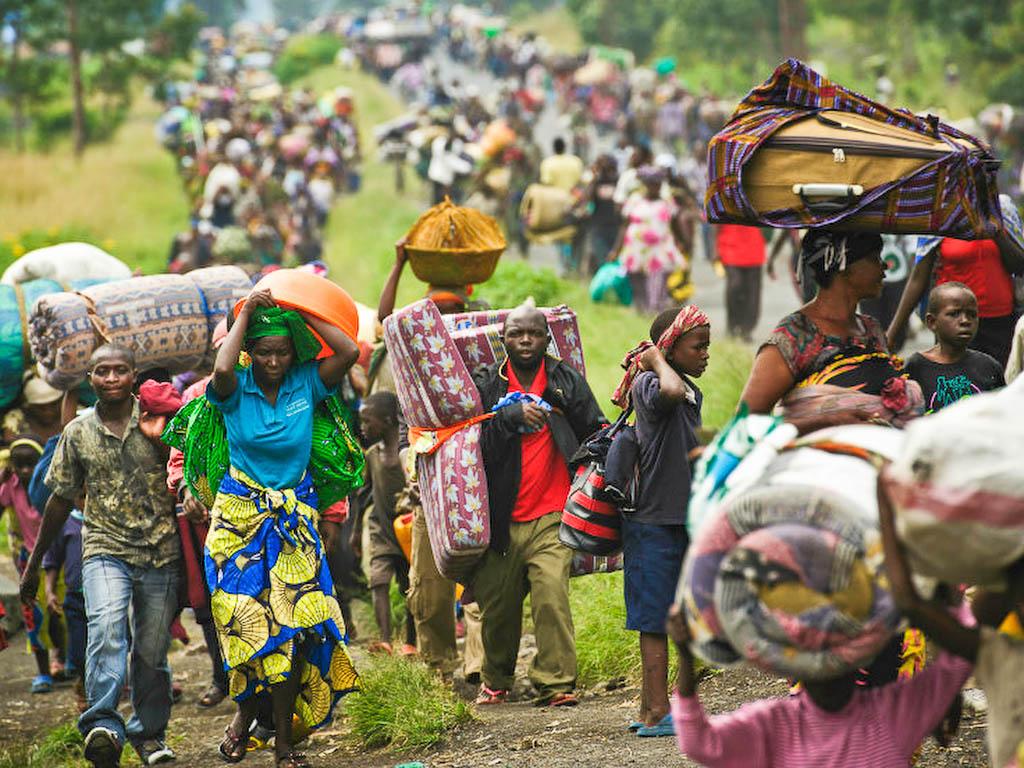

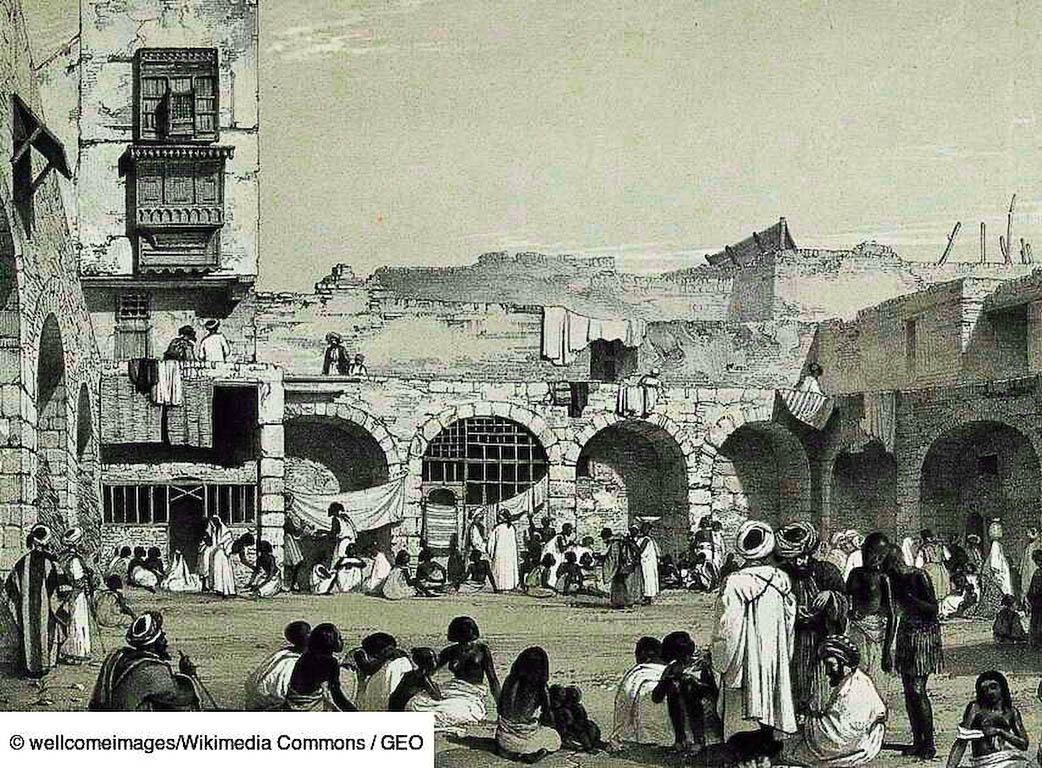
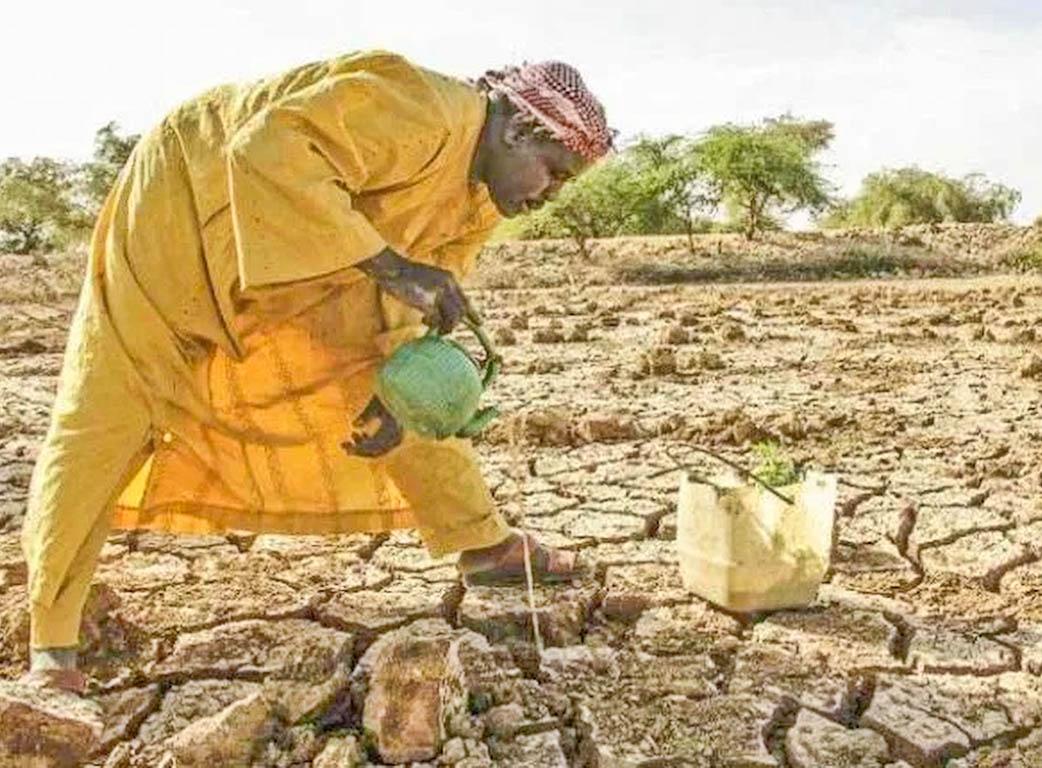
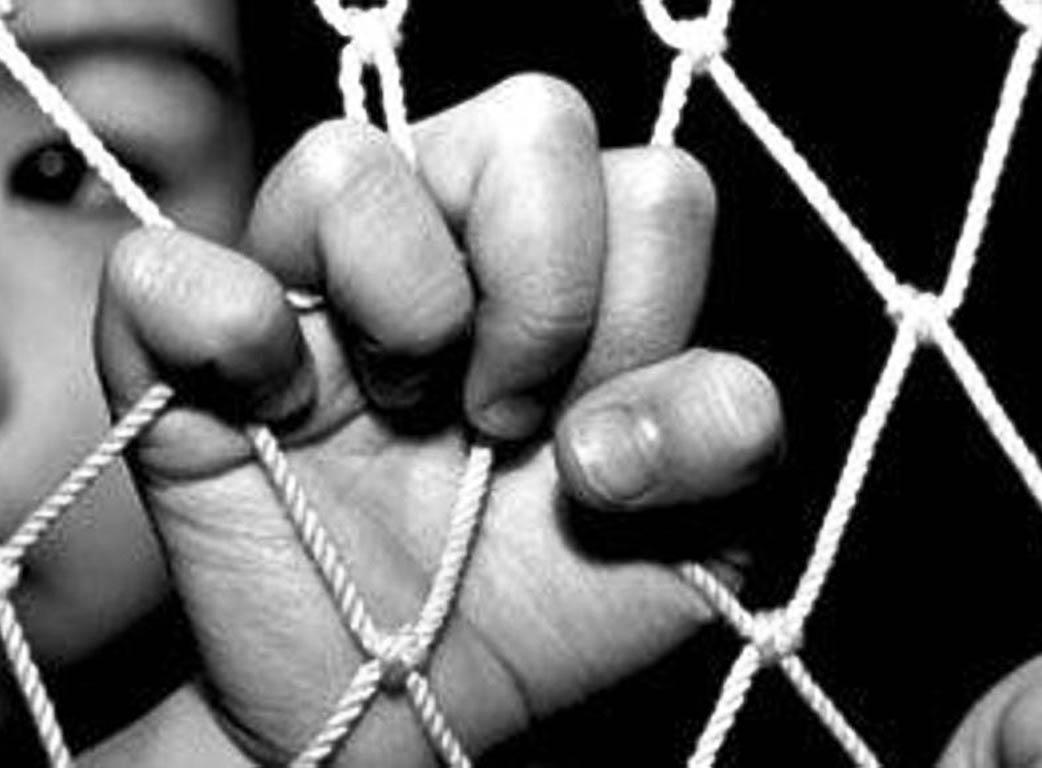


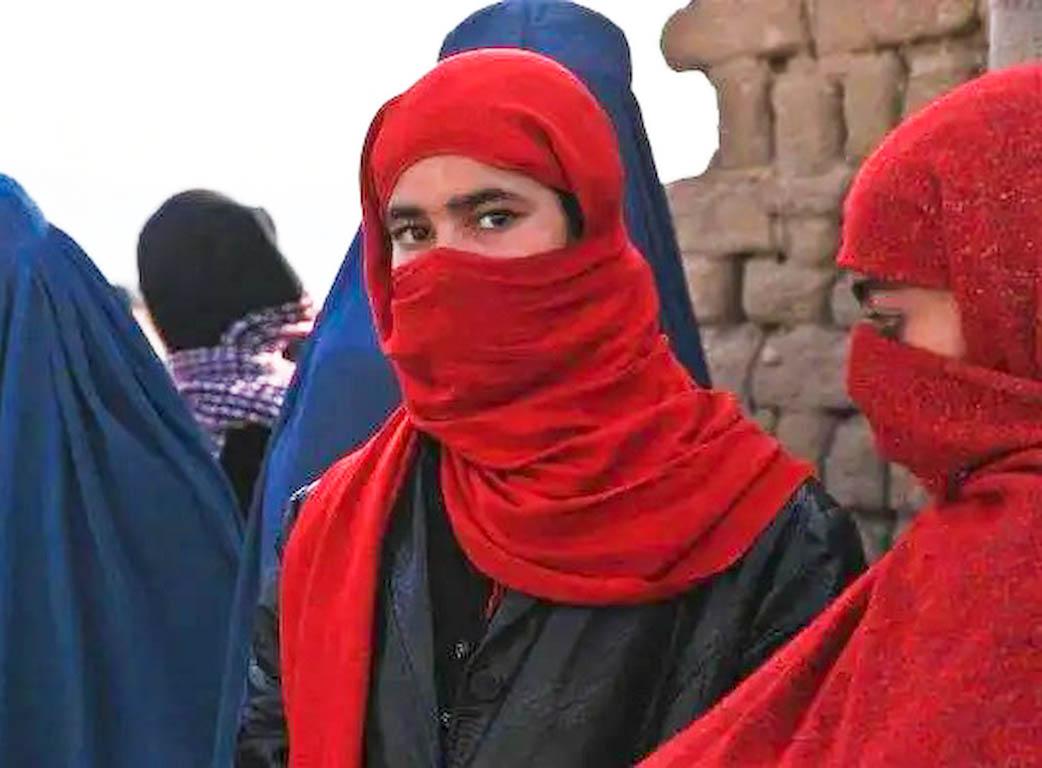






 EDitt | Web Agency
EDitt | Web Agency
Leave a comment